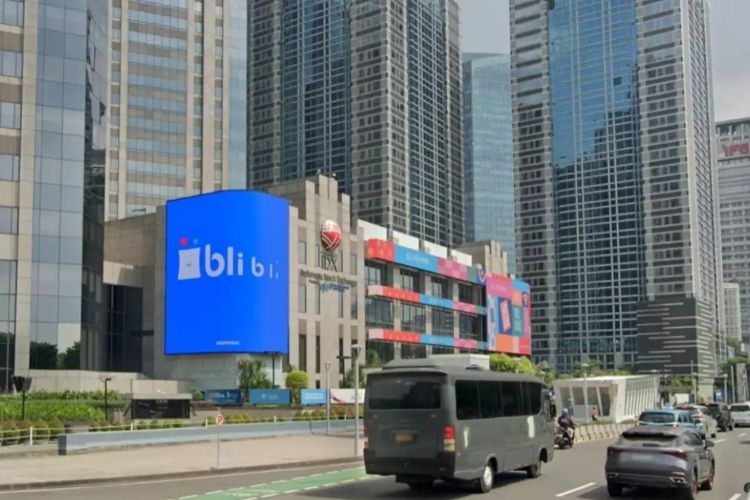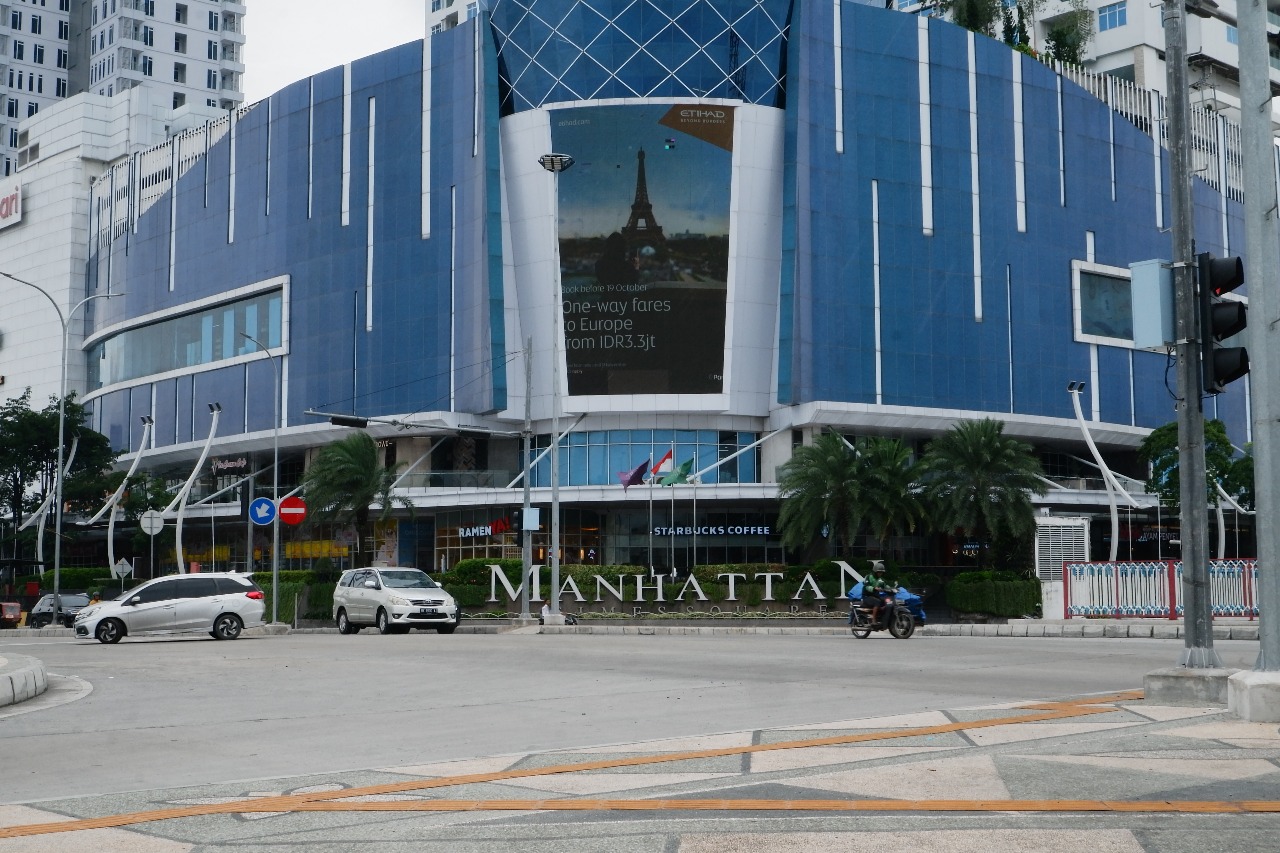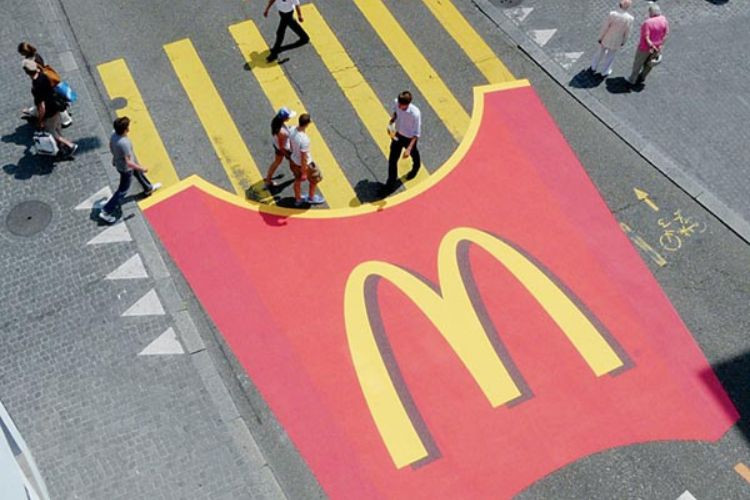Breaking Down the Cost of Billboard Advertising in Indonesia

In the dynamic tapestry of Indonesia's advertising landscape, where digital screens compete for fleeting attention, billboard advertising stands as a monument to lasting impact. From the iconic, neon-lit skyscrapers of Jakarta's Sudirman-Thamrin corridor to the strategic entry points of regional hubs like Surabaya and Medan, large-format outdoor advertising continues to command a unique and powerful presence. It is a medium that operates on a grand scale, capturing the eyes of millions of commuters, pedestrians, and urban dwellers daily, building brand awareness not through interruption, but through immersive environmental presence. However, embarking on a billboard campaign requires more than just creative ambition; it demands a clear-eyed understanding of investment and logistics. A single, seemingly straightforward question—"How much does a billboard cost in Indonesia?"—opens the door to a complex matrix of variables. This definitive guide delves deep into the key cost factors, regional market nuances, and strategic pricing models to empower businesses of all sizes to make informed, data-driven decisions for their outdoor advertising ventures.
Billboard Advertising: An Unskipable Medium in Indonesia's Digital Age
In an era dominated by social media algorithms and programmatic ad buying, one might assume traditional media like billboards would fade into obscurity. The reality in Indonesia, however, tells a different story. The nation's unique urban challenges—notably, chronic traffic congestion in metropolitan areas like Jakarta, Bandung, and Surabaya—have paradoxically fortified the value of Out-of-Home (OOH) advertising. When commuters spend hours on the road, static and digital billboards become a primary source of visual engagement, offering brands prolonged and repeated exposure. Furthermore, rapid urban development and the growth of modern retail landscapes are creating new, high-value advertising locations. Billboard advertising offers what digital often cannot: mass, unskipable reach in a specific geographic context. It transforms a brand from a digital entity into a tangible part of the city's fabric, fostering a sense of local relevance and scale that is crucial for both market dominance and community trust.
Deconstructing the Investment: Key Factors Influencing Billboard Pricing
There is no single price list for billboard advertising in Indonesia. The cost is a function of several interdependent factors, each playing a critical role in the final valuation. Understanding these elements is the first step toward budgeting effectively.
1. Geographic Location: The Prime Real Estate Multiplier
Location is the most significant determinant of cost. Prime positions in central business districts (CBDs) and major arterial roads command premium rates due to their unparalleled visibility and high-value audience demographics.
-
Jakarta Epicenters: Locations such as Jalan Jenderal Sudirman, Jalan M.H. Thamrin, and the SCBD area are the pinnacle of billboard real estate. Here, monthly rentals for premium static billboards can easily range from IDR 50 million to over IDR 300 million, with digital formats soaring to IDR 200 million to IDR 1 billion or more. The cost is justified by the dense concentration of corporate traffic, affluent consumers, and high international exposure.
-
Tier-2 Provincial Capitals: In cities like Surabaya, Bandung, and Medan, costs are moderated but still substantial for prime spots. Key thoroughfares and entry points into the city can see static billboards priced between IDR 50 million to IDR 200 million.
-
Regional and Municipal Areas: In smaller cities or suburban municipalities, brands can secure impactful placements for a fraction of the cost, often between IDR 20 million to IDR 100 million per month, offering excellent value for targeted local campaigns.

2. Size, Format, and Technological Impact
The physical and technological characteristics of the billboard directly influence its price.
-
Static Billboards: The traditional workhorse, typically measuring 5m x 10m or 4m x 8m. They offer a constant presence and are the most cost-effective option, though they lack dynamic capabilities. While the large, free-standing structures (called "pylon billboards") are what most people picture, the world of static OOH is diverse. The type of structure significantly affects cost, placement, and audience reach.
-
Digital Billboards (LED): These represent the modern evolution of OOH. While their rental costs are significantly higher—often 1.5x to 2.5x that of a comparable static billboard—they offer immense strategic value. Advertisers can run multiple ads in a rotation, allowing several brands to share the cost of a prime location. They also enable day-parting (showing different ads at different times), real-time content updates (e.g., for live sports or promotions), and inherently brighter, more attention-grabbing displays, especially at night.
3. Campaign Duration and Contractual Flexibility
The length of your commitment is a key negotiating lever. Media owners favor stability and are willing to offer significant discounts for long-term contracts. Committing to a 3, 6, or 12-month campaign can reduce the monthly rate by 10% to 25%. Conversely, short-term or pop-up campaigns (less than one month) often carry a premium price tag to compensate for the inherent revenue instability and higher administrative overhead for the vendor.
4. Traffic Volume and Audience Metrics
Billboard pricing is fundamentally linked to visibility, which is quantified through detailed traffic analysis. Providers use sophisticated tools to measure:
-
Daily Effective Circulation (DEC): The total number of vehicles and pedestrians passing the site daily.
-
Traffic Audit Data: Verified counts that break down traffic by vehicle type, time of day, and speed.
A site with a DEC of 500,000 will be priced much higher than one with 100,000. Reputable media providers will supply this data to justify their rates and help advertisers select the most efficient location for their target audience.
5. Production, Installation, and Material Costs
The media rental is only one part of the total investment. The one-time cost of producing and installing the billboard creative is a separate, crucial line item.
-
Production (Printing): Costs depend on the material used (e.g., premium PVC tarpaulin, vinyl, or specialized mesh for wind resistance) and the printing technology. This can range from IDR 3 million to IDR 15 million for a large-format billboard.
-
Installation: Professional installation by a certified crew, often requiring cranes and traffic management, can add another IDR 2 million to IDR 7 million to the initial cost. This ensures safety, durability, and correct visual presentation.
6. The Hidden Hurdle: Permits, Regulations, and Taxes
This is one of the most complex and often overlooked aspects of billboard advertising in Indonesia. Regulations are hyper-local, dictated by each city or regency (Peraturan Daerah or Perda).
-
Permit Costs (Izin Reklame): Obtaining the necessary permit can be a lengthy process and incurs a fee, which is often a percentage of the media value or a fixed cost based on size and location.
-
Local Government Taxes: A specific outdoor advertising tax (Pajak Reklame) is applied, typically ranging from 10% to 30% of the total advertising value.
-
Legal and Safety Compliance: Regulations govern everything from structural integrity and size to lighting and distance from certain buildings. Non-compliance can result in hefty fines or forced removal. Many advertisers choose to work with media agencies that manage this complex bureaucracy on their behalf.
A Detailed Snapshot: Sample Pricing Across Key Indonesian Markets
The following table provides a more nuanced view of the investment required across Indonesia's major advertising hubs. Note that these are estimated ranges for standard, well-positioned billboards; premium "iconic" locations will command prices far above these brackets.
| City | Static Billboard | Digital Billboard | Key Prime Locations |
| Jakarta | IDR 50 mio - IDR 300 mio+ | IDR 100 mio - IDR 1 bio+ | SCBD, Thamrin, Gatot Subroto |
| Surabaya | IDR 50 mio - IDR 200 mio+ | IDR 100 mio - IDR 600 mio+ | Jl. Raya Darmo, Jl. Mayjen Sungkono |
| Bandung | IDR 40 mio - IDR 150 mio+ | IDR 100 mio - IDR 200 mio+ | Jl. Soekarno-Hatta, Jl. Pasir Koja |
| Medan | IDR 50 mio - IDR 100 mio+ | IDR 100 mio - IDR 200 mio+ | Jl. Gatot Subroto, Jl. Sisingamangaraja |
Note: Rates can change depending on market demand and availability.
A billboard isn’t just a sign, it’s a statement. In the right location, it can turn passing traffic into paying customers.
Conclusion: A High-Impact Pathway to Market Dominance
While billboard advertising in Indonesia involves a multifaceted investment and requires careful navigation of logistical and regulatory frameworks, its potential for building mass brand exposure and deep local awareness remains unmatched. It is a medium that commands attention and conveys market leadership. By approaching it with a strategic mindset—meticulously selecting the location based on data, investing in exceptional creative design, and integrating it seamlessly into a broader marketing ecosystem—businesses can transform this classic advertising format into a powerful engine for growth, achieving an impressive and demonstrable return on investment.
Ready to Launch Your Billboard Campaign in Indonesia?
Navigating the complexities of location sourcing, permit acquisition, and creative execution requires expert guidance. Our team of media placement specialists is here to streamline the entire process for you.
Contact our experts today for a free, no-obligation consultation and a custom quote tailored precisely to your target audience and budgetary requirements. Let us help you claim your space in the skyline and turn the streets of Indonesia into your most powerful marketing channel.
Picture Source: Movingwalls, Firstboard, EYE Indonesia




